By Dr. Padmavathi
On the 12th day of the Music Festival at 8th Cross, V.V. Mohalla, Saketharaman sang with B.U. Ganesh Prasad on violin, Dr. Umayalpuram K. Sivaraman on mridanga and Guruprasanna on kanjira.
Saketharaman is one of the regular artistes who have been performing for this Heritage Music Festival since many years. He is a confident vocalist who plans his concerts with clarity, presenting them in an engaging manner. For the present concert, he had chosen some rare compositions. His voice did not sound as sweet as it did in his previous concerts in this concert though.
‘Paripahi maam Sri Siddhi Vinayaka,’ a rare composition of Jayachamaraja Wadiyar suited the occasion. Kalpana swaras at ‘Gakaara Beejakshara nilaye’ were very innovative.
A short raga delineation of Brindavana Saranga led to Deekshitar’s ‘Sundara Rajam Aashraye,’ a beautiful composition which describes Lord Sundara Raja who has a lotus-like face, whose auspicious form holds a conch, a discus, a mace and a sword in his hand and the sun and the moon for his eyes and is like a Kalpaka tree to his devotees. The composition was rendered with Bhava, which is the chief characteristic of his Guru Lalgudi’s style.
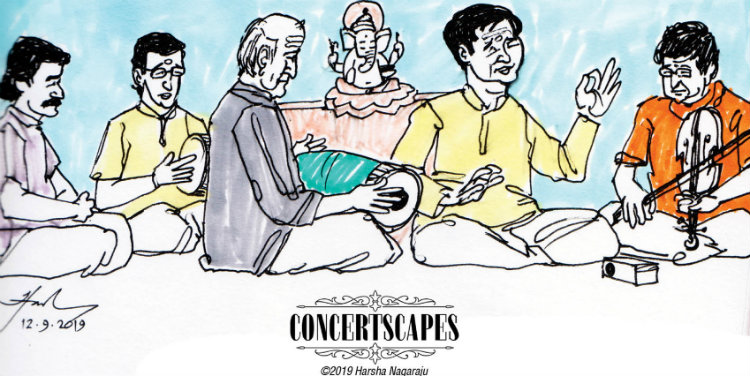
The vocalist turned the simhendra Madhyama exposition to an enjoyable listening with his well-carved out phrases in the ragalapana. The presentation of ‘Ninne Nammitinayya’ by Mysore Vasudevachar with the usual neraval and swaras at ‘Pannagendra shayana’ suited the ragaand the mood.
Kedaragowla occupied the centre-stage with the well-known ‘Saraguna palimpa’ of Poochi Srinivasa Iyengar. Saketharaman embellished it with his vocal power and imagination. Neraval was at ‘Varaguna Sheshadri,’ while swaras were developed for the pallavi part.
Violinist Ganesh Prasad shined through the swaras segment with his mature approach.
Umayalpuram’s mridanga excelled throughout the concert as also his taniyavartanam with Guru Prasanna’s kanjira. Purandara Dasaru’s ‘Krishna Ennabarade’ in Sheshagopalan’s style, Kanakadasaru’s very popular ‘Baro Krishanayya’ ragamalike and the Lalgudi tillana in Bhagesri provided for euphony.




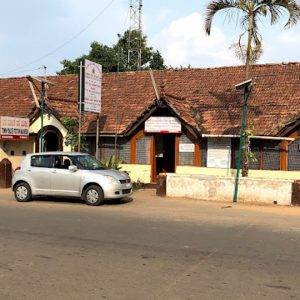
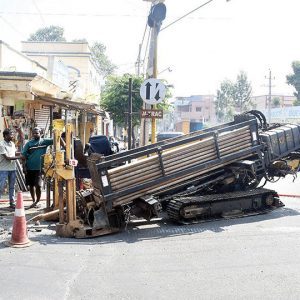
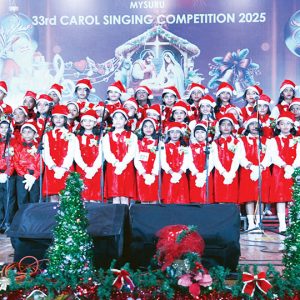
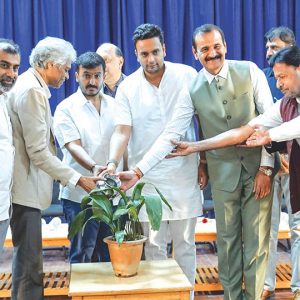
Recent Comments